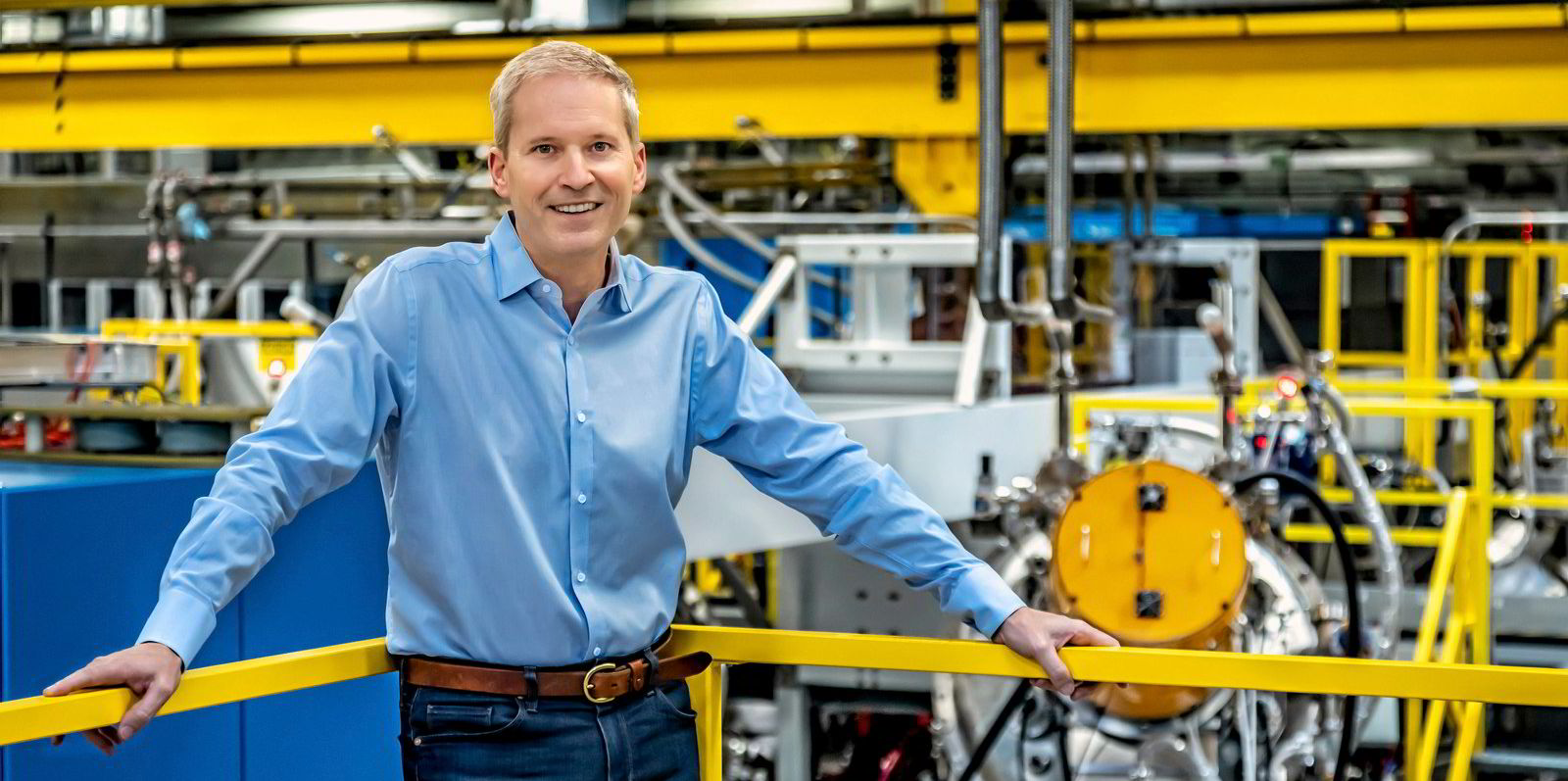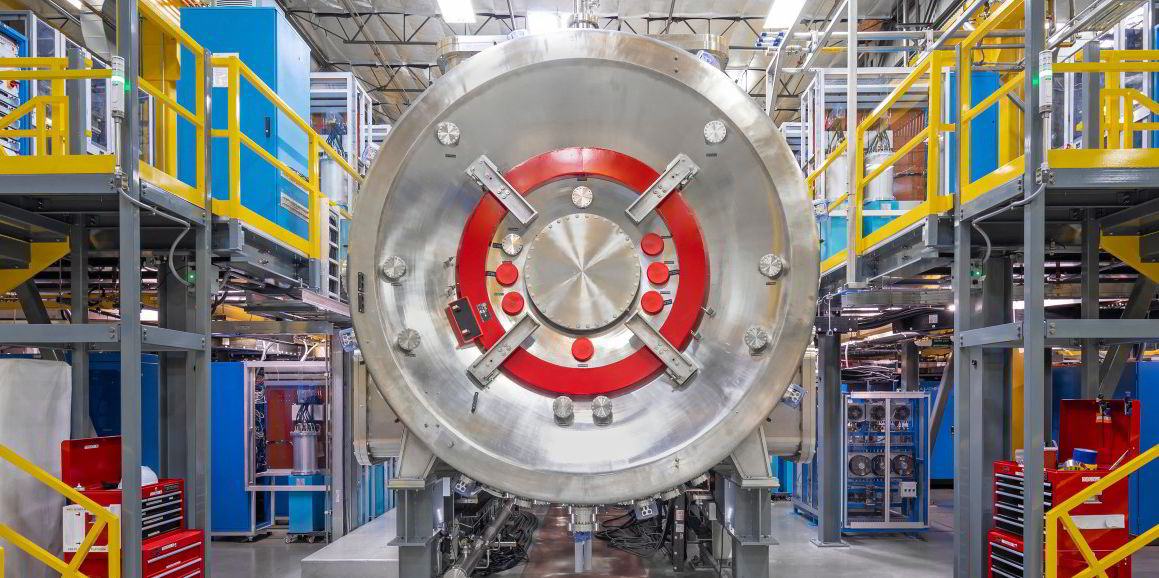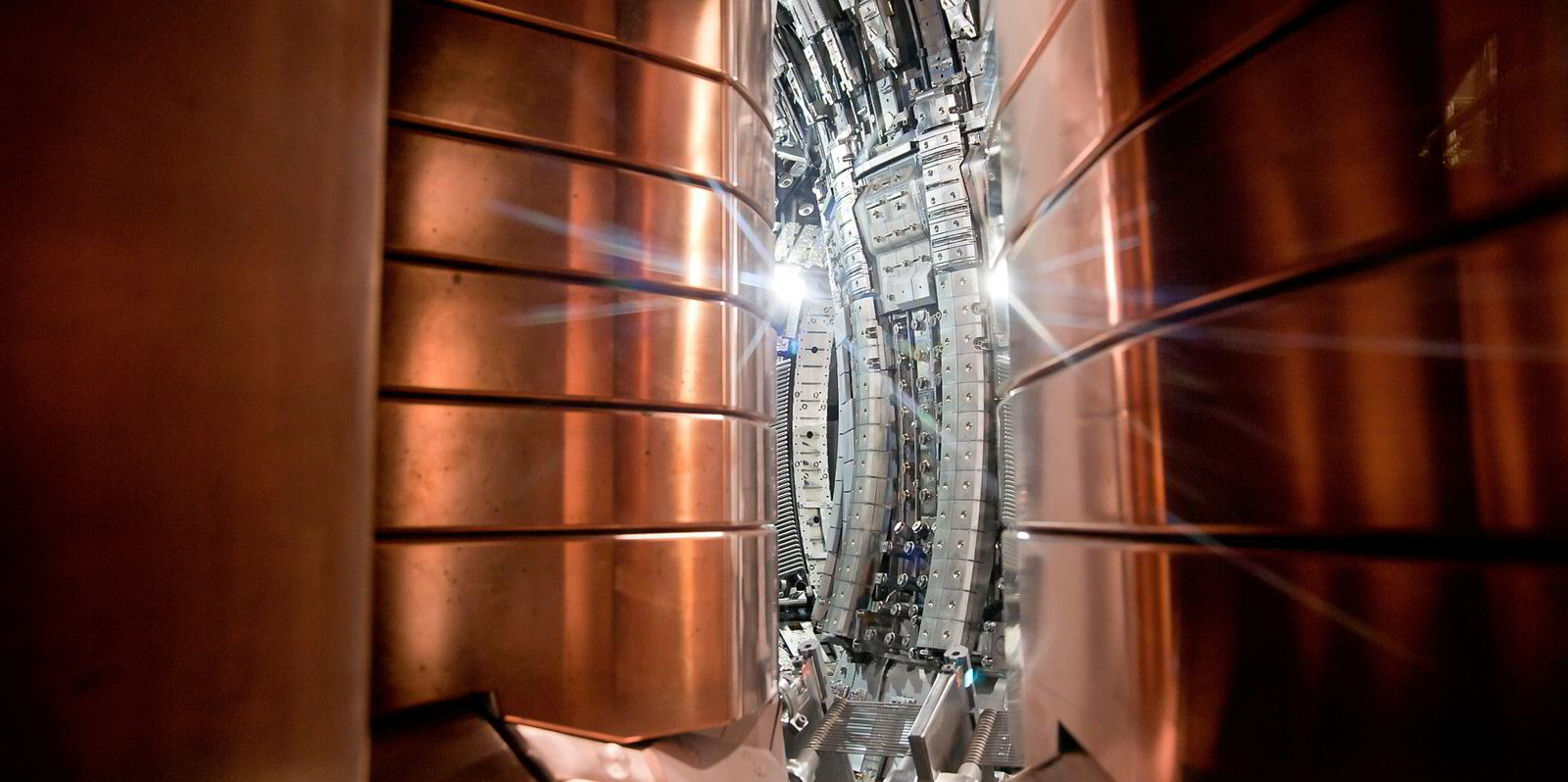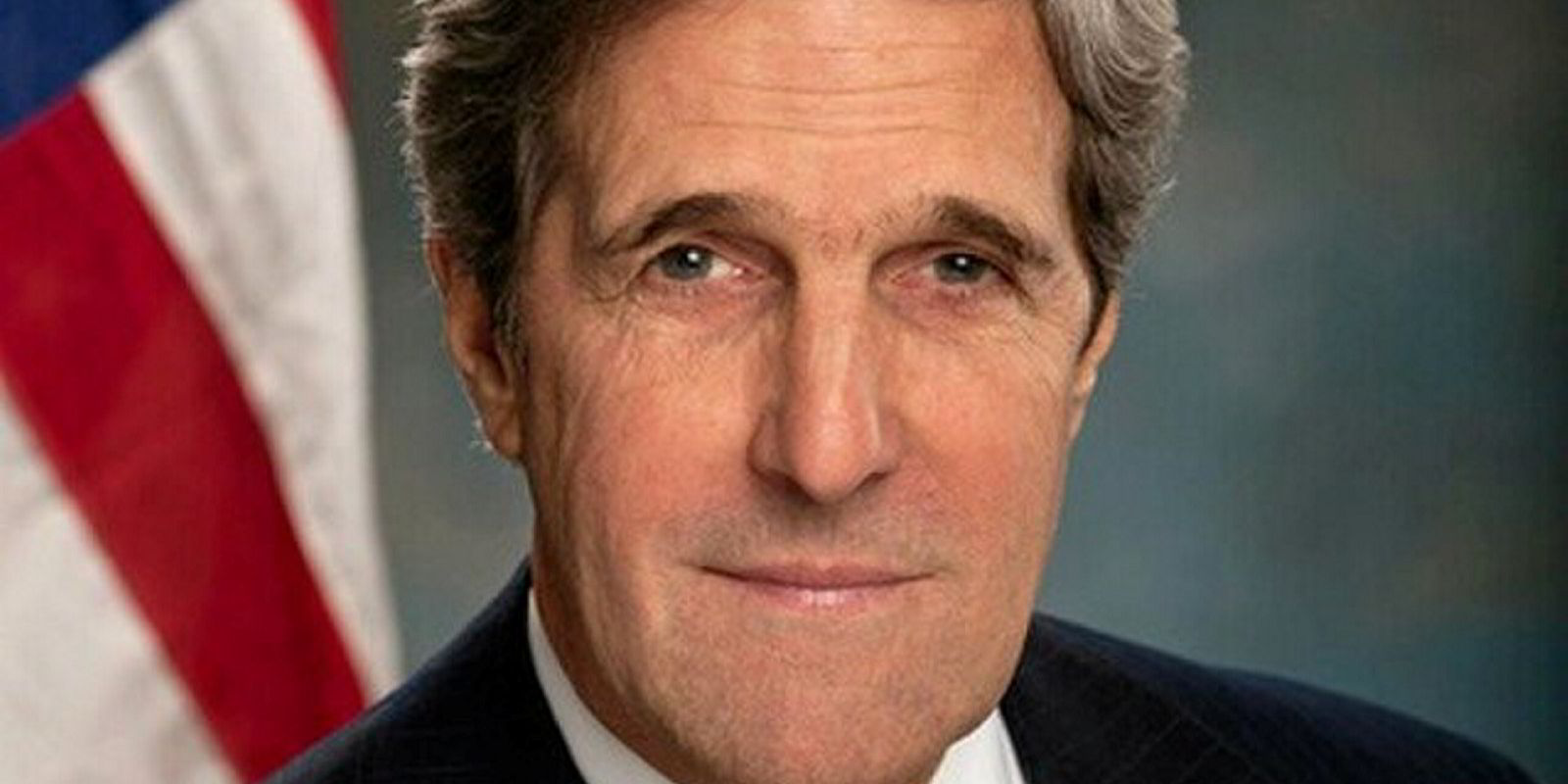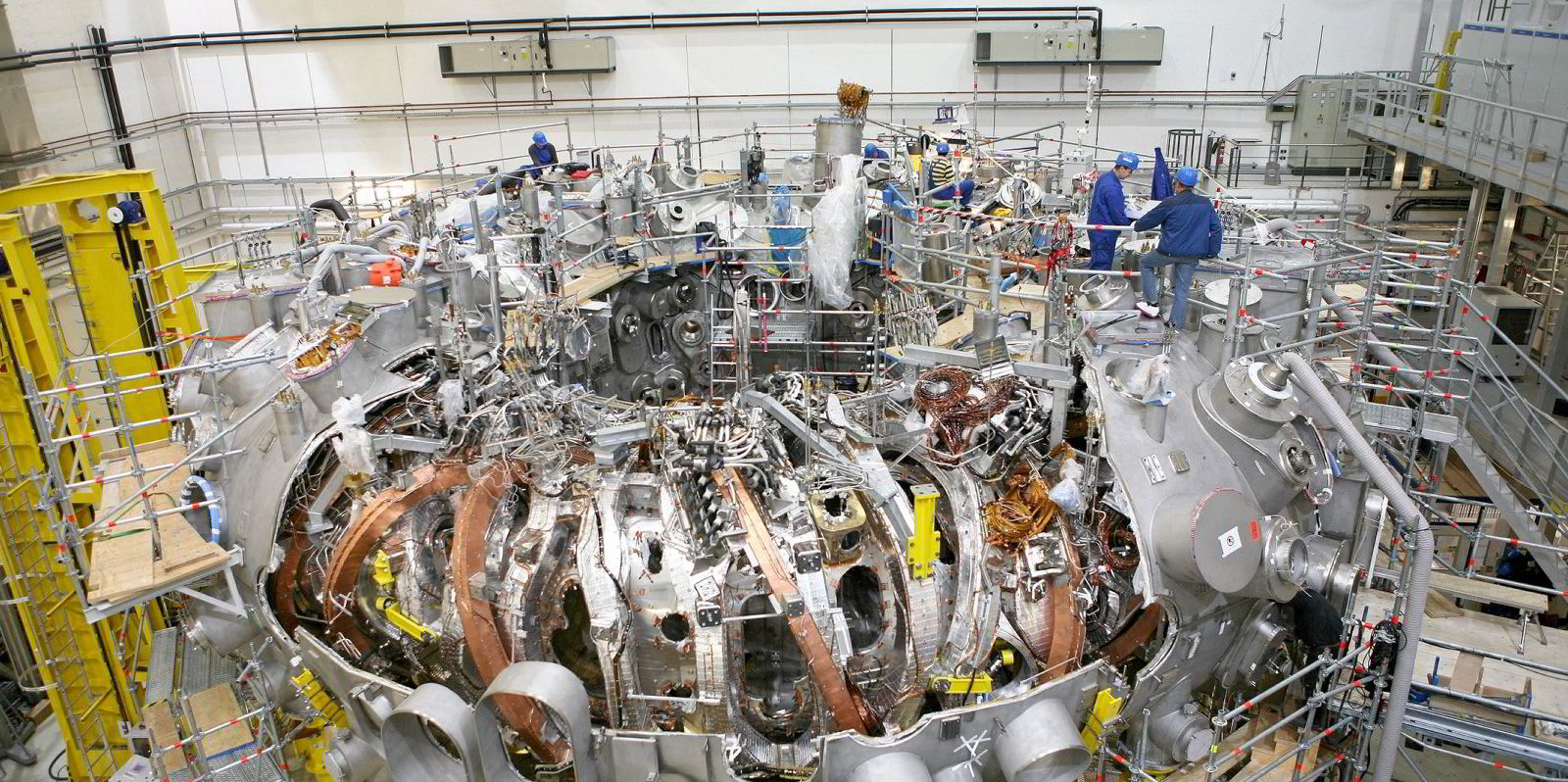Limitless power from nuclear fusion could end wars over energy resources and make the world a better place, says the chief of a leading developer of the technology, while warning that competition between countries to develop the technology first could be about to heat up.
When it comes to “racing the Chinese” in developing nuclear fusion, “I think the entire Western world of course is nervous about that,” said Michl Binderbauer, CEO of TAE Technologies.
“I want us to do this first,” he told Recharge, although by “us” the Austrian-born physicist, who moved to the US in the 1980s, said he doesn’t mind if that is the US, the UK or the EU.
“But China would make me nervous personally.”
Working with Japan’s National Institute for Fusion Science, California-based TAE last year tested an innovative nuclear fusion technology that uses no radioactive materials and is calculated capable of “powering the planet for more than 100,000 years”.
Fusion generates energy by fusing light elements like hydrogen or its variants in the same process that generates light and heat from stars. It has been described as the “holy grail” for clean energy.
TAE is currently upgrading its fifth-generation fusion platform, Norman, to a sixth-generation machine: Copernicus.
If all goes smoothly with Copernicus, Binderbauer believes TAE could build its first prototype power plant that could connect to the grid in the early 2030s. Scaling that up to develop “robust and reliable” commercial power would continue through the decade.
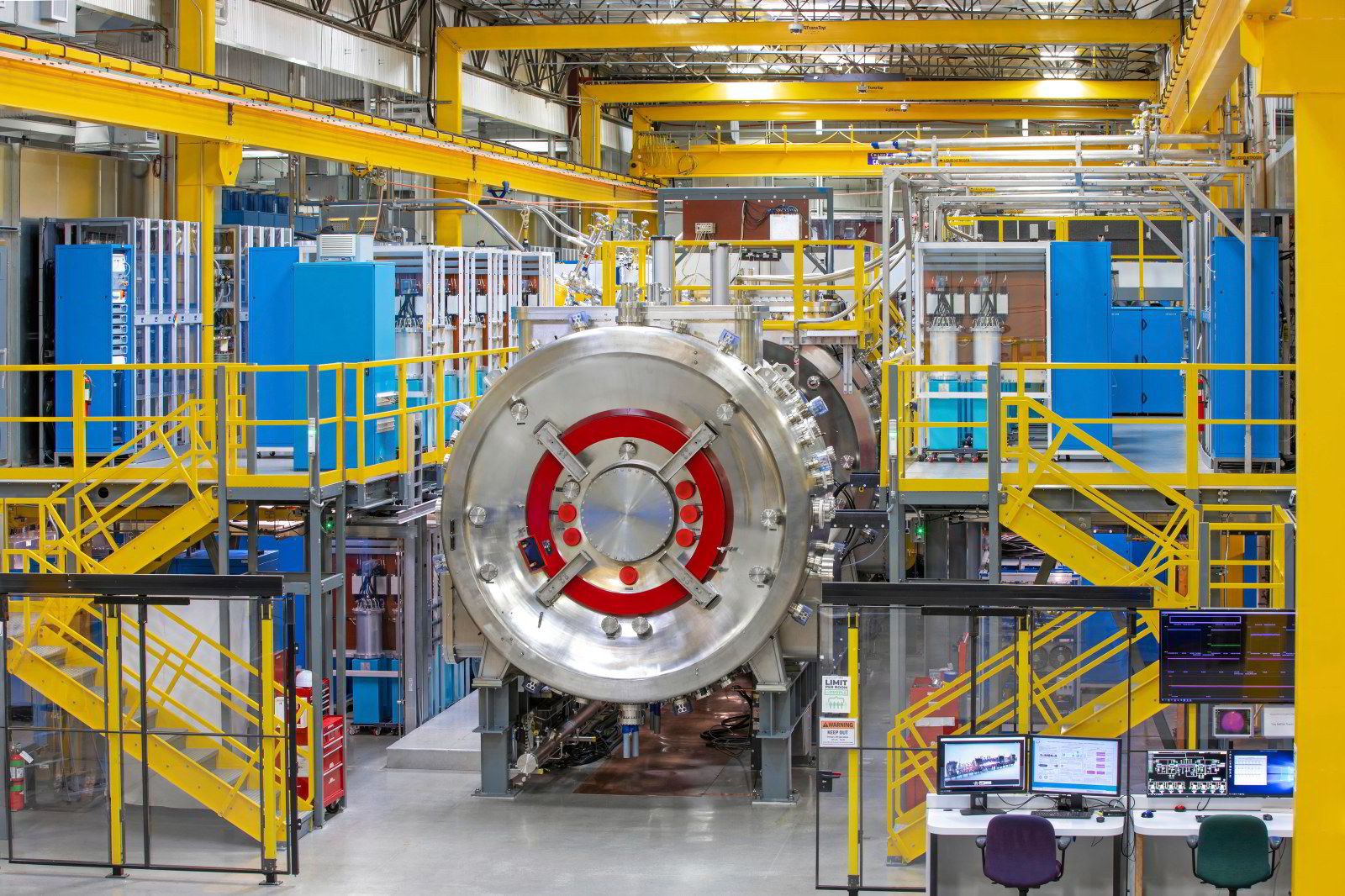
'Awe of the challenge'
The standing joke in nuclear fusion is that the technology is always 30 years away from being developed.
Binderbauer said this mentality may have helped a spirit of international cooperation in developing fusion.
“If you look back at the beginnings of fusion during the heyday of the Cold War,” Binderbauer said that scientists “were in awe of the challenge”.
It was “rather bizarre” but he said the Soviets, the US and the British “had to share” research to make progress.
The spirit of international cooperation continues today in the form of ITER, a fusion mega-project being developed in the south of France in which 35 countries are working together and sharing information.
“The Russians are sharing it with the US and the Chinese and the Koreans and the Japanese,” said Binderbauer.
The dream of realising commercial power from nuclear fusion is now moving tantalisingly within reach.
After seven decades of research into the field, US scientists in 2022 achieved the landmark feat of getting more energy out of a fusion reaction than was put in. A UK lab recently broke the world record for power output from a fusion reaction. And China is developing an “artificial sun”, recently forming a fusion dream team to achieve this.
Despite this, Binderbauer said he has not seen the “care and attention to export control” that one might expect from governments investing billions of dollars racing to develop such a transformative technology.
Companies are “self-regulated,” he said. “I don’t want to give something away that somebody could copy and steal… so there’s a natural tendency to be a little careful,” but this is not due to “large scale regulation.”
“Having said that, I would argue that probably it will change,” he said, as states recognise the strategic significance of fusion and the speed of the race afoot.
This relaxed mentality is really an “artefact of the mindset” that the development of fusion is “30 years away, so who cares.” Now he argues this mentality is out-of-touch – and falling out of favour quickly.
Now he believes governments are starting to think more carefully about who will reach the finish line first. “They’re starting to think about, you know, the ‘what if?’”
Binderbauer attended a White House summit in 2022 in which the government set out its “decadal vision” for nuclear fusion and announced the “race is on” to develop it.
“Clearly, if the White House convenes a debate about the decadal vision for fusion, there’s no question that there is a conversation brewing inside that is taking this much more seriously.”
'Power to change humanity'
The development of fusion could cause some geopolitical tension in the short term, but Binderbauer believes that with an “optimistic outlook” the technology could ultimately “make us a much better society than we are today.”
“Two things come together,” he said. One is that there is an almost limitless reservoir of the light elements used in fusion. “There’s enough boron to allow for 100,000 years” of power, “that’s kind of like infinite on a human timescale.”
The other point is that “there’s no Saudi Arabia of boron or hydrogen, this stuff is everywhere.
“If you look at our entire structure as a culture, as an economy that we have as humans, it’s all put on a certain assumption of scarcity,” he said.
But fusion takes us into a “paradigm of abundance.”
So if energy is no longer rare, or geographically isolated, “it almost forces us to rethink our value system.”
“We’ll have to find other things to fight over.”
Energy intersects the availability of food, water, healthcare, said Binderbauer, “all the things that define quality of life.”
“Why is the US sometimes going into areas that you would think, ‘why?,’” said Binderbauer. Competition for energy resources has driven colonisation, he said, “I think if we take that out we’re truly in a different paradigm.
“I hope resource constraining decisions and wars derivative of such will be a thing that the next generation will read in the textbooks and think, ‘Oh my god, that was a weird world.’”
